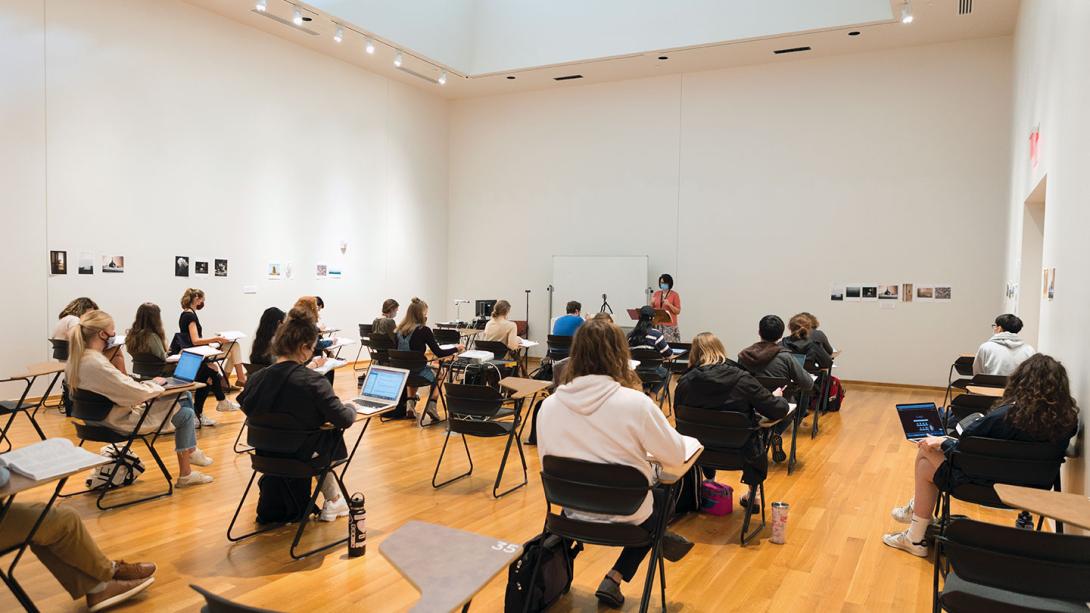Did COVID-19 kill the classroom?

As Calvin’s president, I am often asked whether I believe that traditional classroom learning at the university level is obsolete. I do not. But declarations from pundits, far removed from the student experience, have wrongly declared the death of the traditional classroom.
In the midst of this pandemic, I began a practice of weekly office hours with students. We gather online in small groups, and I invite them to share an experience, propose a topic for discussion, or ask a question about Calvin University. These times together have been wonderful.
One of the most important insights I have gained from these conversations is how deeply our traditional residential students yearn for the experience of community-based incarnate learning. The students describe the value of relational learning from professors and one another, discussion and debate with nuance and passion, and the chance encounters with students, staff, and faculty.
I received an article co-published by Calvin alumni Peter Boumgarden ’05 and Abram Van Engen ’03. A key observation I appreciated is the identification of the physical energy required to attentively listen. This is a hard task under the best of circumstances, but the temptation to “check out” is far greater in Zoomworld.
“I couldn’t be more pleased to see the application of such considerable academic talent devoted to delivering excellent learning in new ways.”
“[There is a] communal aspect of attentiveness crafted by coming together in a shared space,” they write. “When the speaker is in the same room with you, maybe even right beside you, the sense of listening—and the importance of speaking—each becomes elevated.”
Attentiveness is really hard work. Most teachers who have taught in a traditional classroom notice when it is being practiced and notice when it is absent. In the virtual classroom, or any virtual meeting, the distractions and temptations are ubiquitous. I know this because I too have succumbed to the siren song of some notification going off on my screen.
I expected traditional teachers to miss the physical classroom, but the most pleasant surprise to me is how much the students miss it. Our return to in-person learning has been a joy for all of us.
This pandemic occasion has also caused many thoughtful, creative traditional teachers to cross the Rubicon into online teaching and instructional design. These faculty love their students, however they choose to learn, and are committed to making their virtual courses a worthy academic experience. I would never have wished the challenges of this season on my colleagues but, as an administrator, I couldn’t be more pleased to see the application of such considerable academic talent devoted to delivering excellent learning in new ways.
Millions of nontraditional graduate and undergraduate students, working full time and tending to family and other responsibilities, find the convenience of online learning to be the best pathway to achievement of academic and career goals. New insight, new talent, and new adversities almost always advance knowledge, so this season is indeed promising for nontraditional students, and likely beneficial in some innovative ways for all students.
As this season enhances virtual learning, we must also remember how much the traditional classroom is missed by those students who must go without it. And as Calvin ramps up new online academic programs, we must remember to apply the lessons we take for granted in our physical life together.
To read the article “In Praise of Classrooms” by Peter Boumgarden and Abram Van Engen, visit avidly.lareviewofbooks.org.






